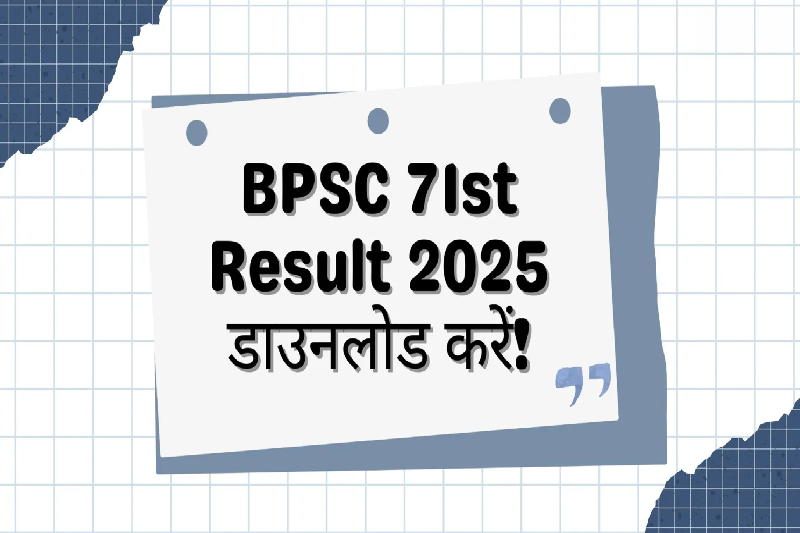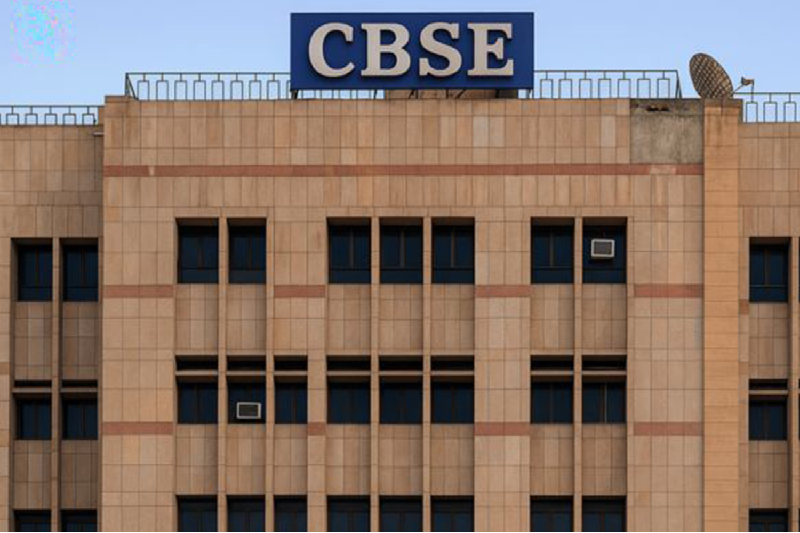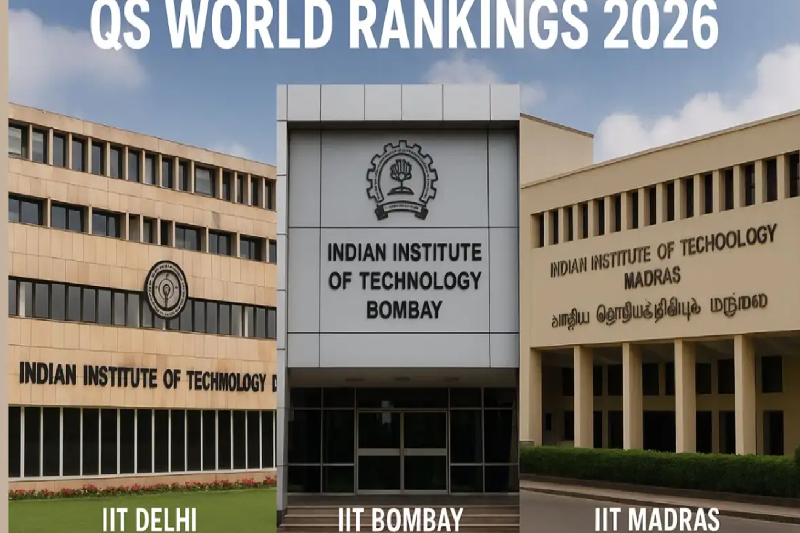
Only 8.25% of Indian Graduates Hold Jobs Matching Their Qualifications: Deepening Skill Mismatch Highlights Urgent Need for Reform
India’s growing network of colleges and universities is churning out millions of graduates each year—but a recent report paints a sobering picture of how poorly those degrees translate into meaningful employment. According to a new study by the Institute for Competitiveness, only 8.25% of Indian graduates are working in jobs that match their educational qualifications. Meanwhile, more than 50% of graduates are employed in lower-skill roles such as clerks, machine operators, and retail sales workers—positions categorized under Skill Level 2 by the National Classification of Occupations (NCO).
This mismatch is not just a blow to individual career aspirations but also represents a massive inefficiency in India's labour market. The Periodic Labour Force Survey (PLFS) data used in the report shows that the Indian economy is not equipped to absorb its rising educated workforce into suitable roles, resulting in both overqualification and underutilisation.
At the higher end of the skills spectrum, particularly Skill Level 4 jobs—which require advanced qualifications—63.26% of workers have suitable education, which is encouraging. However, 28.12% of people in such roles are overqualified, meaning their roles require less education than they possess. Even more telling, 38.23% of those employed in Skill Level 4 jobs have graduate degrees, pointing to an oversupply of academic credentials for a limited number of high-skill roles.
The same pattern continues in Skill Level 3 jobs. Despite requiring specific vocational or technical training, only 8.25% of individuals with that level of education are employed in matching jobs. Instead, more than half are working in even lower-level clerical or sales positions, creating a cycle of academic inflation without economic benefit.
On the other side of the spectrum, underqualification is also a significant issue. In Skill Level 2 jobs, 8.56% of workers lack the formal education typically required. This discrepancy may be due to informal skill development, on-the-job learning, or vocational experience. It underscores the importance of Technical and Vocational Education and Training (TVET), which can help individuals bridge educational gaps. However, India’s TVET infrastructure remains weak, especially in rural and underserved regions, limiting its reach and impact.
The report highlights that this skill-employment mismatch is most acute in states with large youth populations such as Uttar Pradesh, Bihar, Madhya Pradesh, and West Bengal. These regions face the risk of widespread underemployment, youth migration to metro cities or abroad, loss of local talent, and missed opportunities for industrial growth. Without timely intervention, the consequences could range from chronic joblessness to skill redundancy.
States like Bihar, Meghalaya, Jharkhand, Madhya Pradesh, and Rajasthan continue to have more than 57% to 64% of their workforce classified under Skill Level 1, meaning workers with very low formal education. These numbers have remained largely unchanged since 2017, indicating a lack of progress in educational attainment in these regions. In contrast, union territories and states such as Goa, Kerala, Chandigarh, Puducherry, and Lakshadweep have a significantly smaller proportion—around 32% to 38%—of their workforce in Skill Level 1 jobs, suggesting stronger access to formal education and better alignment with employment needs.
India has indeed made significant gains in elementary education, supported by initiatives like Sarva Shiksha Abhiyan, Midday Meal Scheme, and NIPUN Bharat, leading to near 100% Gross Enrolment Ratio (GER) at primary levels. However, the transition to higher education remains uneven and region-specific. States such as West Bengal (93.38%), Kerala (89.45%), and Jharkhand (87.88%) have made strong progress in female GER, indicating better gender access to higher education. But this is not the case everywhere. For instance, Lakshadweep has seen a staggering 90% decline in female GER over the past decade, highlighting deep-rooted geographic disparities in higher education.
As per the report, only 2.17% of India’s population possesses qualifications aligned with Skill Level 4, the highest tier in the skill classification system. Among all Indian states and union territories, Chandigarh leads with 11.21% of its workforce at this level—more than double that of the next-best state, Uttarakhand at 4.99%. Other better-performing regions include Puducherry (4.76%), Haryana (4.35%), and Himachal Pradesh (4.01%). In stark contrast, Bihar (0.45%), Jharkhand (0.70%), and Odisha (0.87%) remain far behind, leaving them vulnerable to exclusion from high-skill employment sectors.
From an economic standpoint, the implications of skill upgrades are enormous. The report estimates that shifting a worker from intermediate to advanced skill levels could raise their wages by up to 149%, dramatically improving household incomes and lifting overall productivity. However, achieving this requires substantial investment. Currently, India faces an ₹88,000 crore funding gap in higher education and allocates only 3.06% of the national budget to education. To meet future demands, this must increase to at least 4.89%.
To solve the mismatch crisis, the report recommends four urgent interventions. First, granular skill data must be collected at a state and sector level to inform smarter policymaking. Second, regular skill gap analyses must be conducted by Sector Skill Councils and State Skill Missions. Third, the NCO codes must be updated to reflect new and evolving job roles. Lastly, the PLFS survey should be integrated with 4-digit NCO-level data to enable more precise workforce mapping.
Looking ahead, India’s demographic dividend—with 650 million people under the age of 25, according to the United Nations Population Fund (UNFPA)—is a ticking clock. By 2046, the number of people aged 60 and above will surpass those aged 0–15. If India fails to act now, this youth advantage could turn into a demographic burden.
To be truly workforce-ready by 2047, India must implement a strategy that includes industry-aligned education, TVET expansion, targeted state-level programmes, and gender-inclusive policies in higher education. If these reforms are delayed, a vast majority of Indian workers—nearly 9 in 10, as per the Skills for the Future report—will remain locked in low-skill, low-wage jobs, undermining both individual aspirations and national economic growth.


